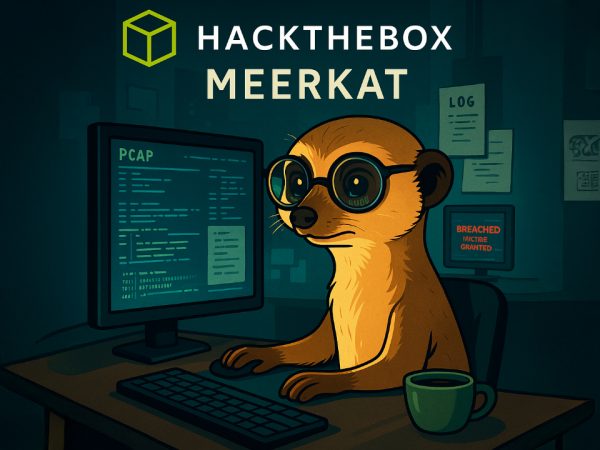In this post, we have a TryHackMe boot-to-root machine named lookup. In this machine, we go through the typical steps by starting with Nmap scanning and enumeration. We find a login form. We decided to create a python script to find the correct username and then use Hydra to find the password. After successful authentication, we have a file manager hosted on a subdomain and the version of this web application is vulnerable to a php command injection. The exploit can be run through Metasploit to obtain initial foothold as www-data. We move horizontally first by exploiting a misconfigured Linux binary then we use GTFObins to obtain root.
1. Initial Scanning
- The presenter starts with an Nmap scan to identify open ports and services on the target machine. The scan reveals:
- Port 22: SSH
- Port 80: HTTP
- Aggressive scanning is used since this is a test environment, avoiding triggering production firewalls.
2. Web Application Enumeration
- Accessing the web service on port 80 reveals a login form. The domain is added to the host file for accessibility.
- Attempts are made to log in using default credentials (
admin:admin), but they fail. - Using Burp Suite, the presenter intercepts HTTP requests and identifies differences in server responses for valid and invalid usernames and passwords.
3. Brute Force Attack
- A Python script is created to enumerate valid usernames using server responses.
- The script identifies two valid usernames:
adminandJose. - Hydra is used to brute-force the password for the user
Jose, resulting in the discovery of the password:password123.
4. Exploitation of the Web Application
- After logging in as
Jose, the interface displays a file manager with various files. - The presenter identifies a file named
credentials, containing a username (think) but no password. - Information about the web application (
Linder) reveals it is vulnerable to exploitation. - Using
SearchSploit, the presenter finds an exploit matching the application’s version and uses it to gain a reverse shell on the machine.
5. Privilege Escalation
- The initial shell runs as the
www-datauser. The goal is to escalate tothinkand then root. - Exploring the system reveals a SUID binary named
pwm. This binary executes commands with elevated privileges. - By creating a fake
idcommand, the presenter trickspwminto believing it is running asthink. This grants access tothink‘s home directory and a file namedpasswords.
6. Further Enumeration and Root Escalation
- Using the discovered passwords, Hydra brute-forces SSH credentials for
think. - Logging in as
think, enumeration reveals the user can execute a binary (look) as root. - The binary allows accessing sensitive files, including the root user’s private SSH key.
- Using the key, the presenter logs in as
rootand retrieves both user and root flags.
Key Techniques Demonstrated
- Reconnaissance: Utilizing Nmap and Burp Suite for initial scans and enumeration.
- Brute Forcing: Using custom scripts and tools like Hydra to discover credentials.
- Exploitation: Identifying and exploiting vulnerabilities using tools like
SearchSploit. - Privilege Escalation: Employing creative methods like SUID binary exploitation and file access to gain root access.
TryHackMe Lookup | Room Answers
What is the user flag?
38375fb4dd8baa2b2039ac03d92b820e
What is the root flag?
5a285a9f257e45c68bb6c9f9f57d18e8




